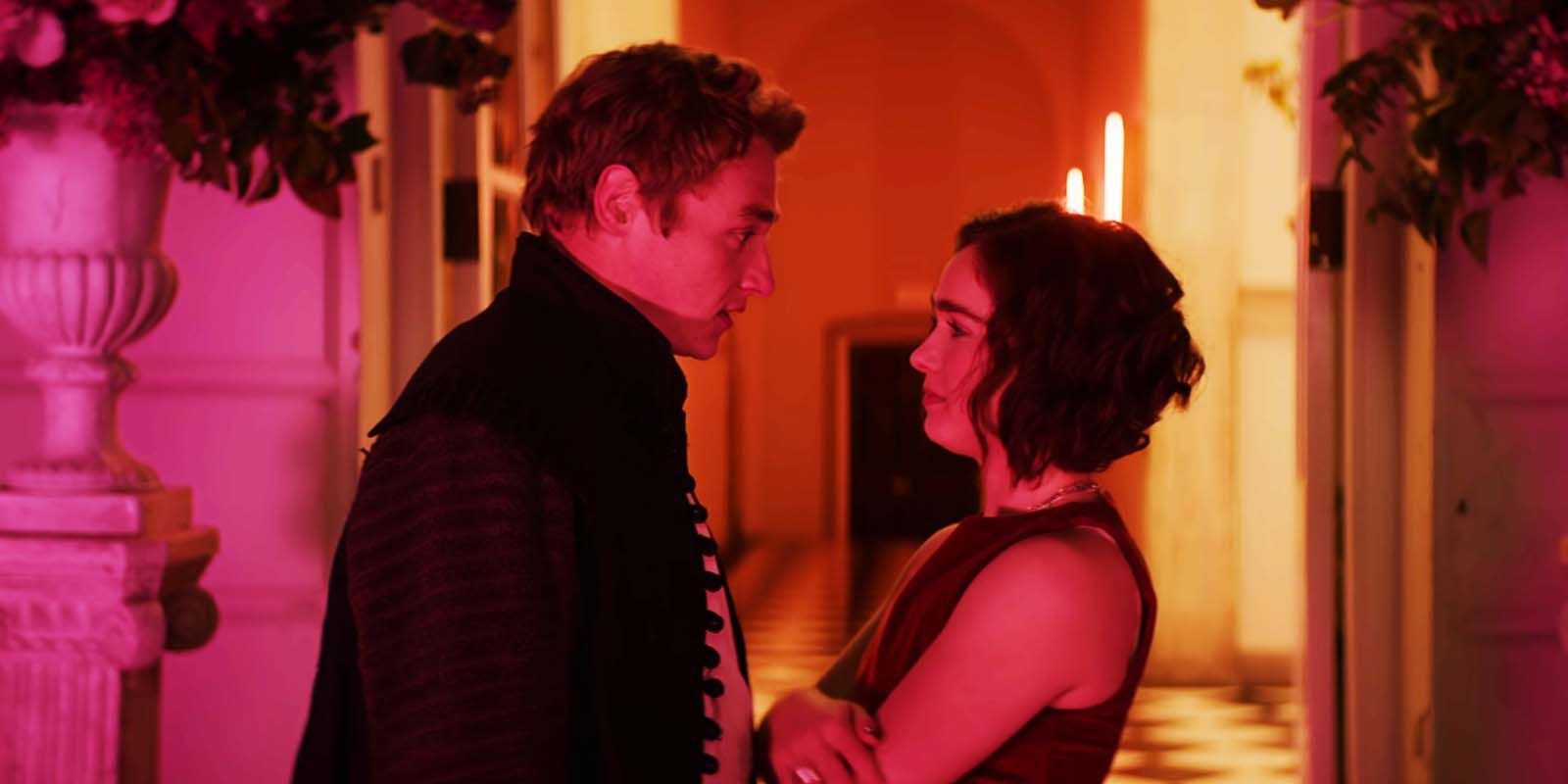What Actually Is The Statistical Probability Of Finding Love At First Sight?
[ad_1]
Warning! Minor SPOILERS about Love at First Sight.
Summary
- Love at First Sight on Netflix stands out by sharing data through its narrator, who doubles as a fairy godmother, making it a unique rom-com.
- The narrator often uses statistics to determine the probability of Hadley and Oliver falling in love or meeting again, adding a whimsical and entertaining element.
- According to a Dutch study, love at first sight is defined as a “strong initial attraction” that some label as LAFS, rather than experiencing higher passion or stronger feelings of love.
Netflix’s Love at First Sight shares a large amount of data through its narrator, who doubles as fairy godmother played by Jameela Jamil, making the rom-com stand out among the many others purportedly telling a tale of love at first sight. Hadley (Haley Lu Richardson) and Oliver (Ben Hardy) meet on an overnight plane to London because Hadley’s tardiness — which supposedly happens 21 percent of the time — gets her kicked out of her original flight. Hadley’s one-in-five occurrence of being late essentially kickstarts their fateful meeting, making them realize their connection is something they want to explore.
With statistics being the way Oliver processes the events in his life and his academic focus, the narrator often chimes in with the probability Hadley and Oliver have of falling in love in an airport, meeting again, or walking away from the love of their life. While it would be highly unlikely for the probabilities to be exact or realistic, especially considering the many variables at play, Love at First Sight makes the sharing of the data a habitual peculiarity. It’s whimsical and entertaining, especially when tackling a topic rarely recounted by numbers. However, some researchers did try to scientifically investigate the phenomenon referred to as love at first sight.
60% Of People Reportedly Experience Love At First Sight
According to the non-profit academic medical center Cleveland Clinic’s Health Essentials, 60% of individuals claim to have experienced love at first sight, and experiencing it for the first time makes it more likely they’ll experience it again. The article goes into detail about how love at first sight is supposed to manifest, with psychologist Susan Albers’ interview offering most of the technical information. However, some scientists actually tried to define what love at first sight is.
A 2017 Dutch study from Groningen University by Florian Zsok et al. interviewed 396 individuals while trying to define the phenomenon of love at first sight. According to What kind of love is love at first sight? An empirical investigation, rather than experiencing higher passion or stronger feelings of love during the moment of love at first sight, those who reported it highlighted a “readiness to experience them at best,” letting the researchers label love at first sight as a “strong initial attraction that some label as LAFS — either retrospectively or in the moment of first sight.”
Did Hadley & Oliver Really Only Have A 0.2% Chance Of Meeting Again?
Netflix’s Love at First Sight mentions multiple statistics about Hadley and Oliver, chiefly that they have a 2% chance of finding love in an airport, a 0.2% chance of their families having mutual friends, and less than a 6% chance of seeing each other again. By the time the narrator mentions the stat, Hadley and Oliver have already met once, so they would only need to meet one other time. According to the 2007 study Mixing patterns between age groups in social networks, 20- to 30-year-olds have between 20 and 25 contacts daily (via ResearchGate), and Hadley and Oliver meet the next day in London.
London having an average of 9.5 million residents and visitors per day would make the chance of one passing by the other even lower, at 0.02%. Not considering the entirety of London but only the areas they knew they would be around (Peckham and Shoreditch), it would probably be likelier for Oliver and Hadley to meet, but the probability could only be defined with set parameters for any of the actions that would lead them to meet again. Still, Love at First Sight’s narrator makes the point twice of Hadley “choosing her fate,” highlighting how the story was always more about choice than fate and probabilities.
Source: Health Essentials, What kind of love is love at first sight? An empirical investigation, ResearchGate
[ad_2]














